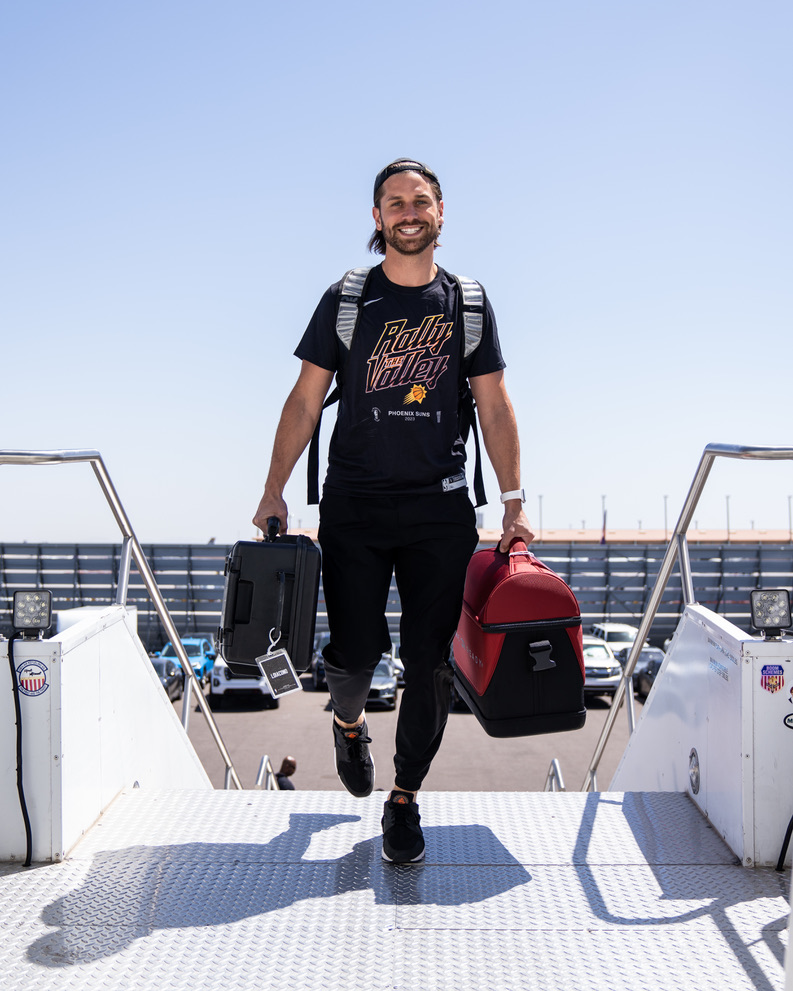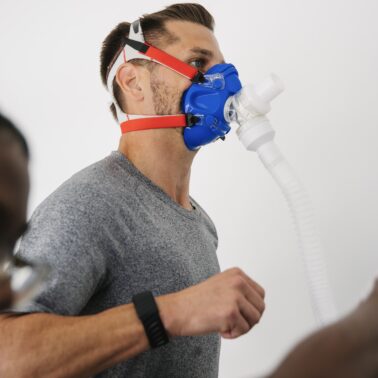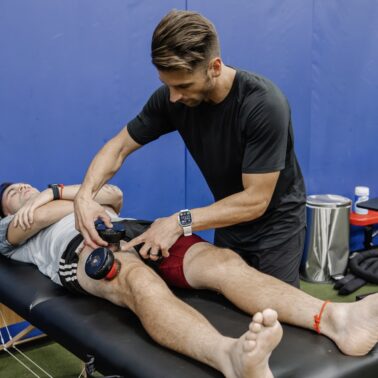“Successful return to play from an ankle sprain is about understanding where the starting point is, knowing what the target goal is, and then reverse engineering the criteria to progress the athlete back to full competition.”
Adam Loiacono
What You Will Learn
- What is Adam’s 3P model and why it is so important for any return to play case.
- The importance of movement, force, and fitness, and how these principles integrate with therapy, training, and performance.
- Discover how experts target Key Performance Indicators at each stage, from health to sport, using a combination of proprioceptive training, blood flow restriction, ankle manual therapy, and sport-specific exercises.
In this hour long presentation, I unveil the Return to Play process following a Grade II-III ankle sprain in professional basketball.
Using my 3Ps (Principles, Process, and Plans) as the outline, I set the stage with the importance of movement, force, and fitness (the principles) before highlighting the role of experimentation and exposure (the process).
From here I dive into the plan, which is “predicated on contextual factors along a continuum from health (homeostasis) to sport (the terminal task)” with therapy, training, and performance falling in-between.
Along each of these 5 stages it is imperative to identify who the experts are, what the Key Performance Indicators (KPIs) are, and how they will be targeted with specific goals.
Using the middle of the continuum, training, as an example…
The experts involved at this stage are the Strength & Conditioning Coach and Performance Therapist. The KPIs include swelling, along with subjective measures of running quality and multi-directional quality. The subsequent goals then include running and multi-directional re-education, and introduction to basketball activity.
So what does this look like in action?
Within the training room…proprioceptive training, blood flow restriction, and ankle manual therapy.
Within the weight room…lunge patterning, marching, and skipping.
On the basketball court….shooting, ball handling, and scripted 1v0 scenarios.
Furthermore, I discuss combining the Principle of force and the Process of exposure into the training stage. Integration includes reviewing a few key points such as utilizing isometric actions before tempo before dynamic actions as well as anticipatory activities before reactive activities.
Check out the full length presentation below to follow along as I guide us through the actionable items to progresses along the continuum from health to sport following an ankle sprain.



